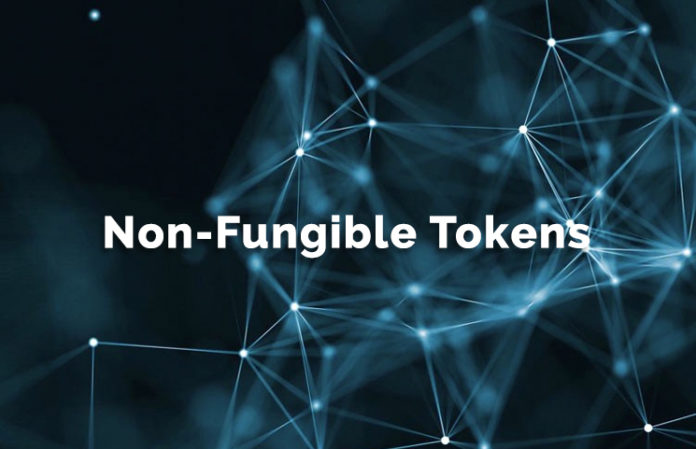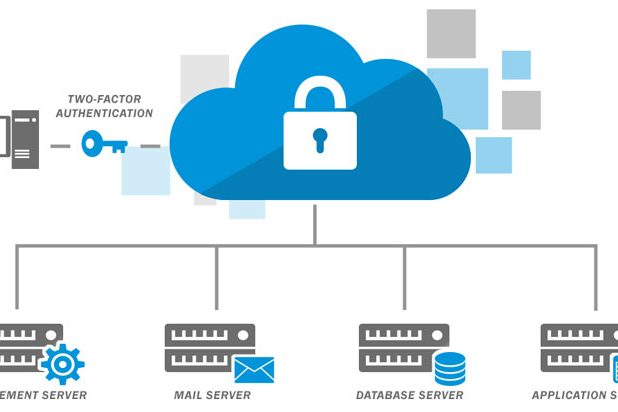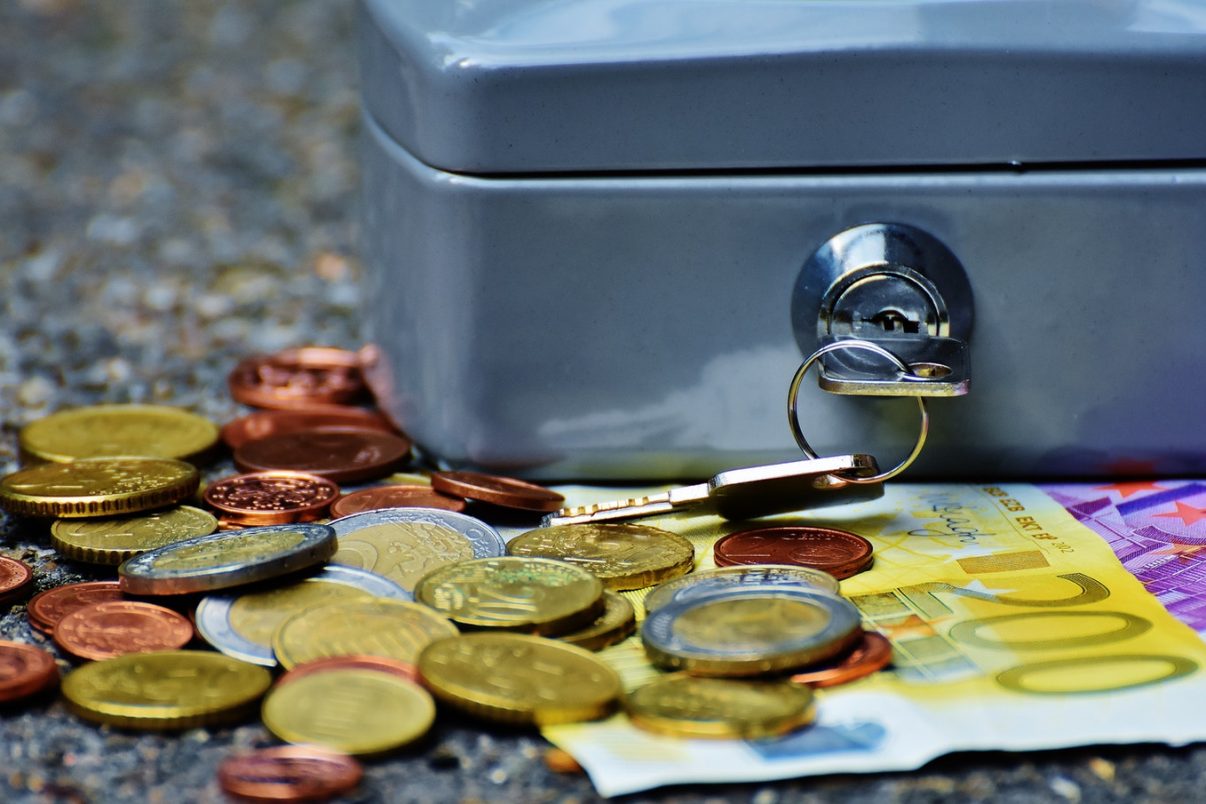With the objective of adding the privacy option in the unique world of NFTs, the PrivateNess Network will develop an NFT component on its blockchain in order to bring total privacy to non-fungible tokens.
What is a non-fungible token?
A non-fungible token (NFT), also known as a nifty, is a special type of cryptographic token which represents something unique; non-fungible tokens are thus not mutually interchangeable by their individual specification. This is in contrast to cryptocurrencies like Zcash, and many network or utility tokens that are fungible in nature.
Non-fungible tokens are used to create verifiable digital scarcity, as well as digital ownership, and the possibility of asset interoperability across multiple platforms. NFTs are used in several specific applications that require unique digital items like crypto art (rare art), crypto-collectibles and crypto-gaming.
The first use case of gaming related NFTs have been crypto-collectible trading card games. Projects like Age of Chains and Rare Pepes have been using the Counterparty protocol to issue Bitcoin based blockchain trading cards as NFTs as early as 2016.
Art was an early use case for blockchain. NFTs prove authenticity and ownership of digital art. The launch of CryptoPunks In June 2017 paved the way for “rare” art on the Ethereum Blockchain. DADA.art built from the CryptoPunks model and launched the first marketplace for rare digital art in Oct 2017.
Later, popular blockchain games like CryptoKitties or BitAIrt made use of non-fungible tokens on the Ethereum blockchain. NFTs are used to represent in-game assets, and are controlled by the user, instead of the game developer. This lets the assets be traded on third-party marketplaces without permission from the game developer. Marketplaces for rare art include Nifty Gateway, Super Rare, Known Origin and MakersPlace.
Specific token standards have been created to support the use of blockchain in gaming. These include the ERC-721 standard of CryptoKitties, and the more recent ERC-1155 standard.



Comment